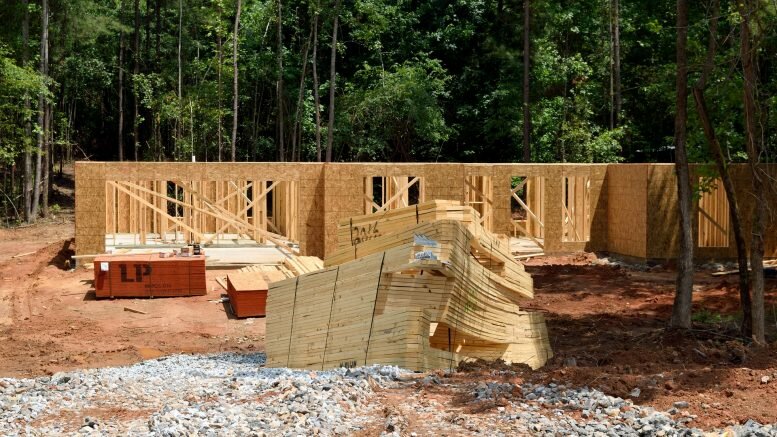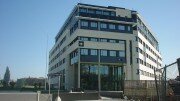The seasonally adjusted gross domestic product for mainland Norway increased by 0.6 per cent in the 3rd quarter of 2017. The mainland economy continued at the same growth rate as the two previous quarters.
The growth in mainland GDP is mainly due to increased service production, for example by various business services, retail trade and tourism. Overall, private service production increased by 0.8 per cent in the 3rd quarter, according to new figures from the National accounts.
The construction and aquaculture industry also made a positive contribution to the rise in the mainland economy. Construction activities have also seen strong growth since 2015 and have been an important contributor in many quarters.
In the 3rd quarter, government’s contribution to growth in mainland GDP was low and public service production remained at about the same level as the previous quarter.
For manufacturing and mining, the preliminary seasonally adjusted figures show, however, a reduction in the gross product of 0.5 per cent in the 3rd quarter of 2017, after three quarters of growth. The decline is mainly seen in oil-related industries, while increased activity in the food industry, such as processing and preserving of fish, helped to curb the fall.
Gross product in petroleum activities and foreign shipping increased by 1.5 per cent in the 3rd quarter, contributing to a total increase of 0.7 per cent in GDP.
Weaker consumer growth in households
Household consumption increased by 0.6 per cent in the 3rd quarter, having increased by 0.9 per cent the previous quarter. Commodity consumption showed a particularly weak development.
Growth in the 3rd quarter was 0.4 per cent and was mainly boosted by increased car purchases. On the other hand, service consumption increased by about the same as the previous two quarters, with a seasonally adjusted growth of 0.8 per cent.
Public consumption increased by 0.5 per cent in the 3rd quarter, compared with 0.8 per cent in the 2nd quarter.
Increase in mainland investment
In total, gross investment increased by 0.3 per cent. Preliminary figures show that the value of petroleum investments fell sharply in the 3rd quarter compared with the previous quarter. At the same time, we see that the prices of investments fell, leading to a more limited decline in volume.
However, mainland industry showed a clear growth in investments. Nearly two thirds of this is explained by major expansion projects in the power grid, but investment in manufacturing also increased, along with continued strong growth in housing investment.
However, public sector investment was clearly lower in the 3rd quarter than in the previous quarter, but this was due to the fact that the 2nd quarter figures contained deliveries of three new combat aircraft.
Increased exports of traditional goods
Exports of goods and services increased overall by 0.9 per cent in the third quarter of 2017. Exports of traditional goods increased for the third successive quarter. Preliminary figures show continued increase in the export volume of oil and natural gas and services.
A slight decline was observed in imports of traditional goods in the last two quarters, while the preliminary figures show an increase in service imports. In addition, imports of large capital goods, such as ships, aircraft and modules for the oil industry, fell in the 3rd quarter, resulting in a total reduction in imports of 1.8 per cent from the2nd quarter.
Employment growth continues
Preliminary calculations show that employment adjusted for seasonal variations increased by 0.3 per cent, or about 9 200 persons in the 3rd quarter. Compared to the 3rd quarter of 2016, more than 30 000 more people were employed.
The largest increases in employment in the third quarter were in construction, business services and accommodation and catering operations. At the same time, the figures indicate that the upswing is more widespread than before.
Revised figures
In connection with the release of figures for the 3rd quarter of 2017, new information has been incorporated into the 1st and 2nd quarter figures for 2017. The seasonally adjusted GDP for mainland Norway has been revised downwards by 0.1 percentage points in the 2nd quarter since the previous publication. For an overview of the revisions in the main aggregates in the last quarters, see table 8.
For an overview of developments in the gross domestic product for some of our trading partners, see OECD’s statistics.
Source: SSB / Norway Today




